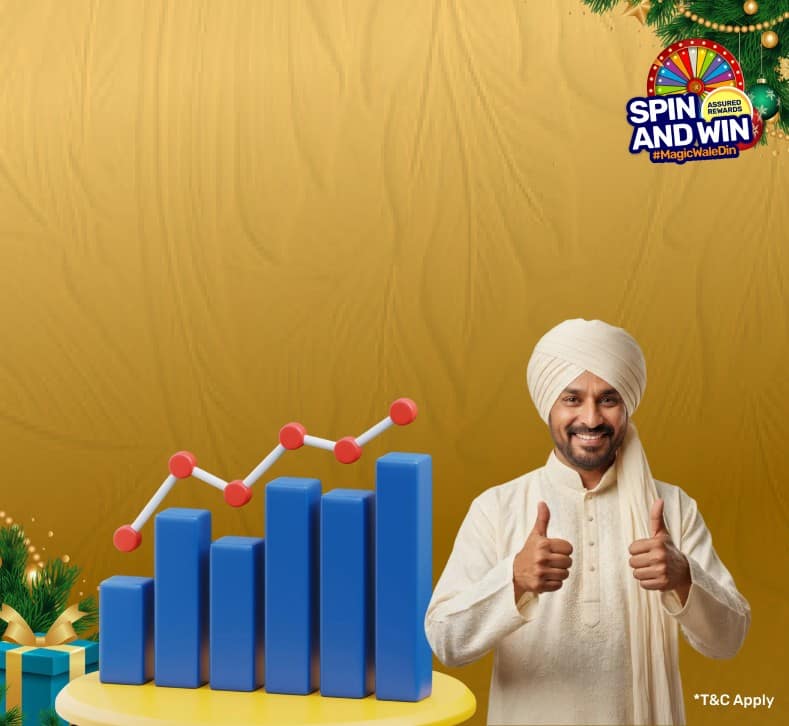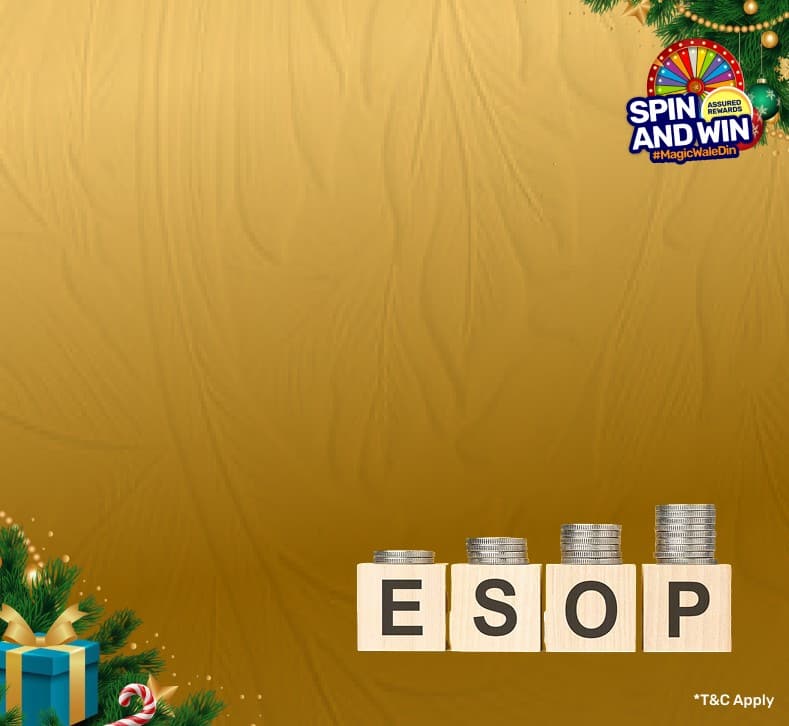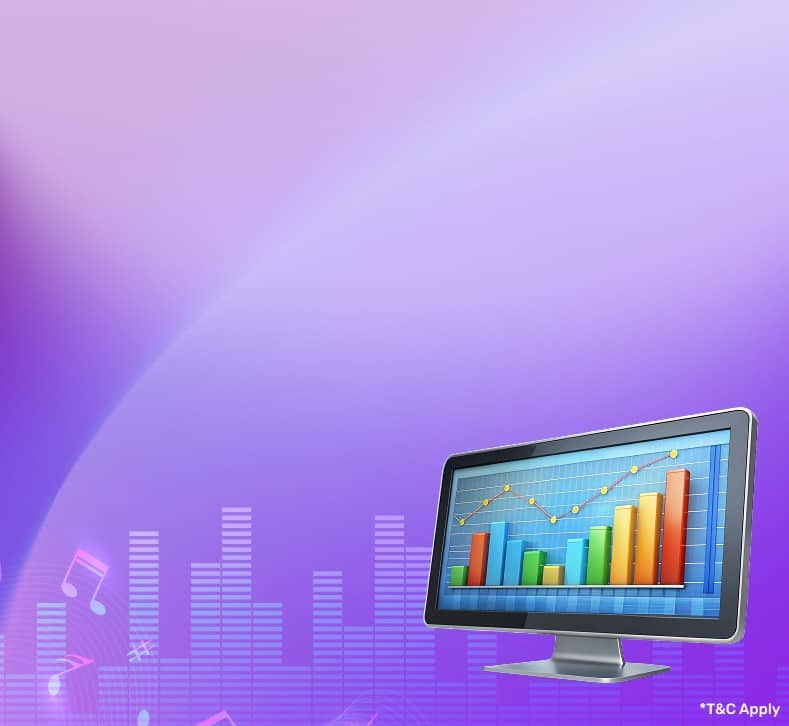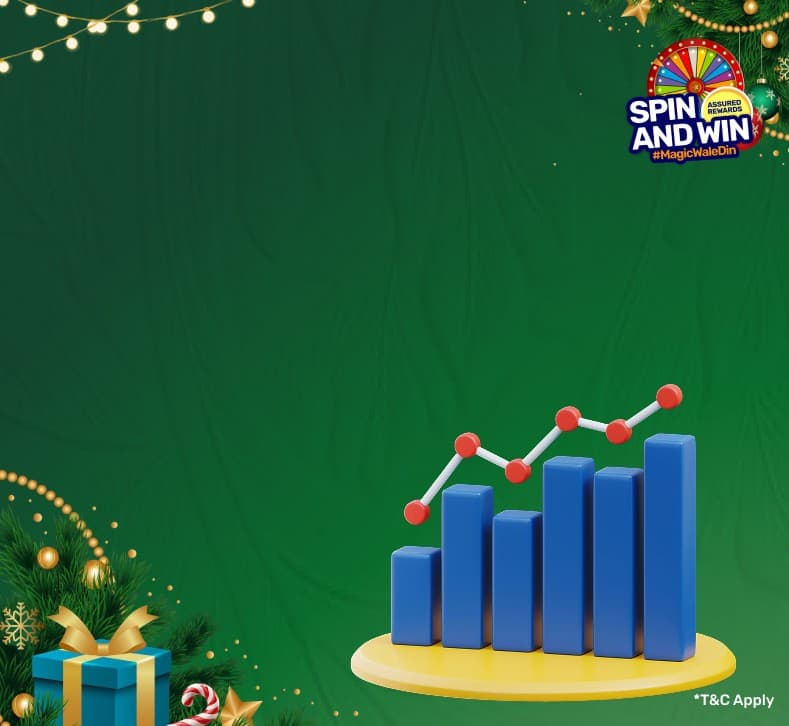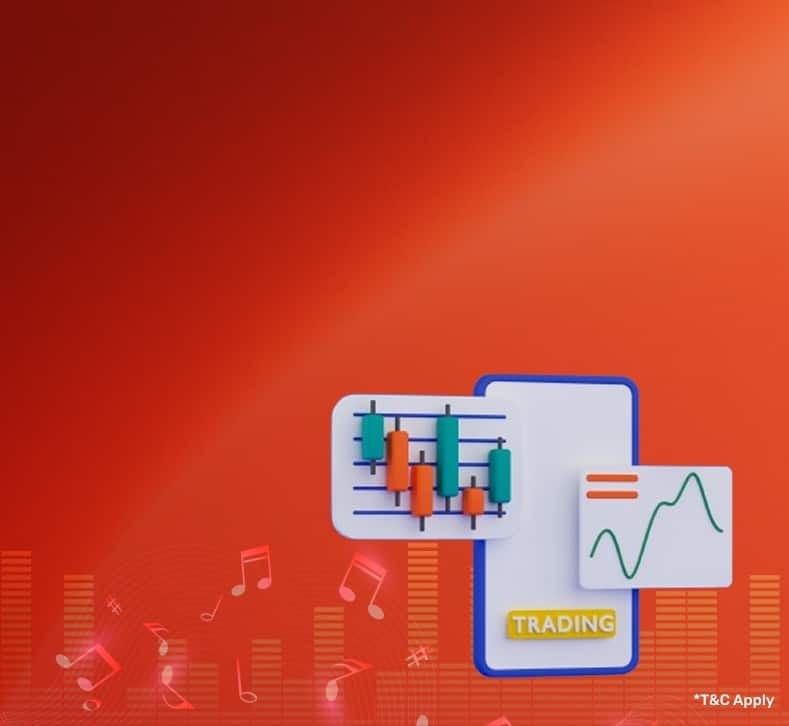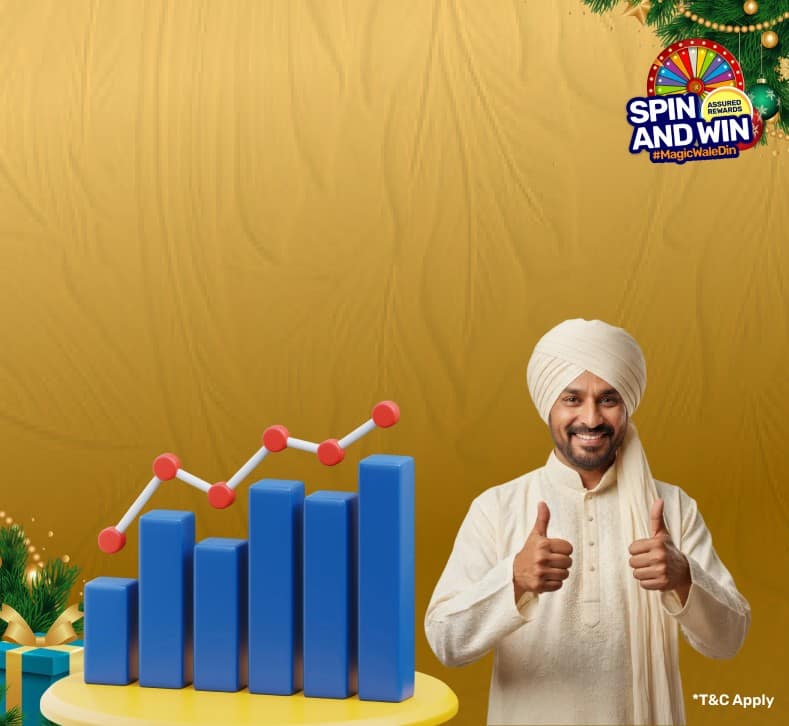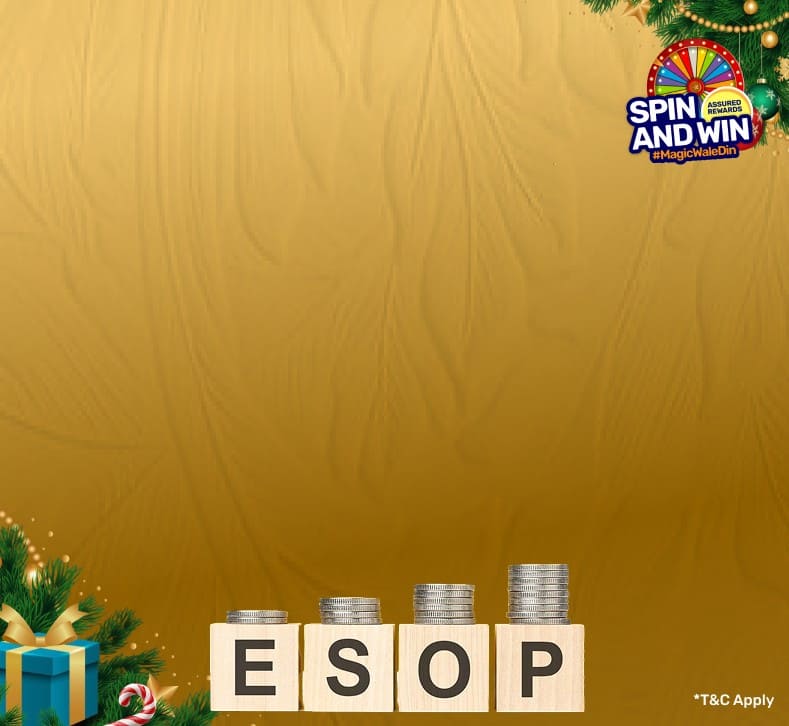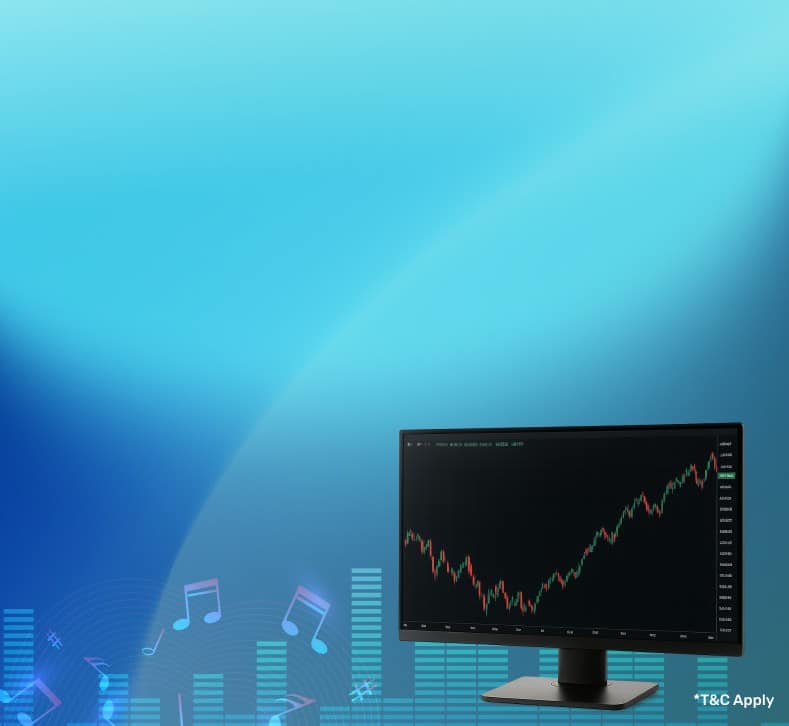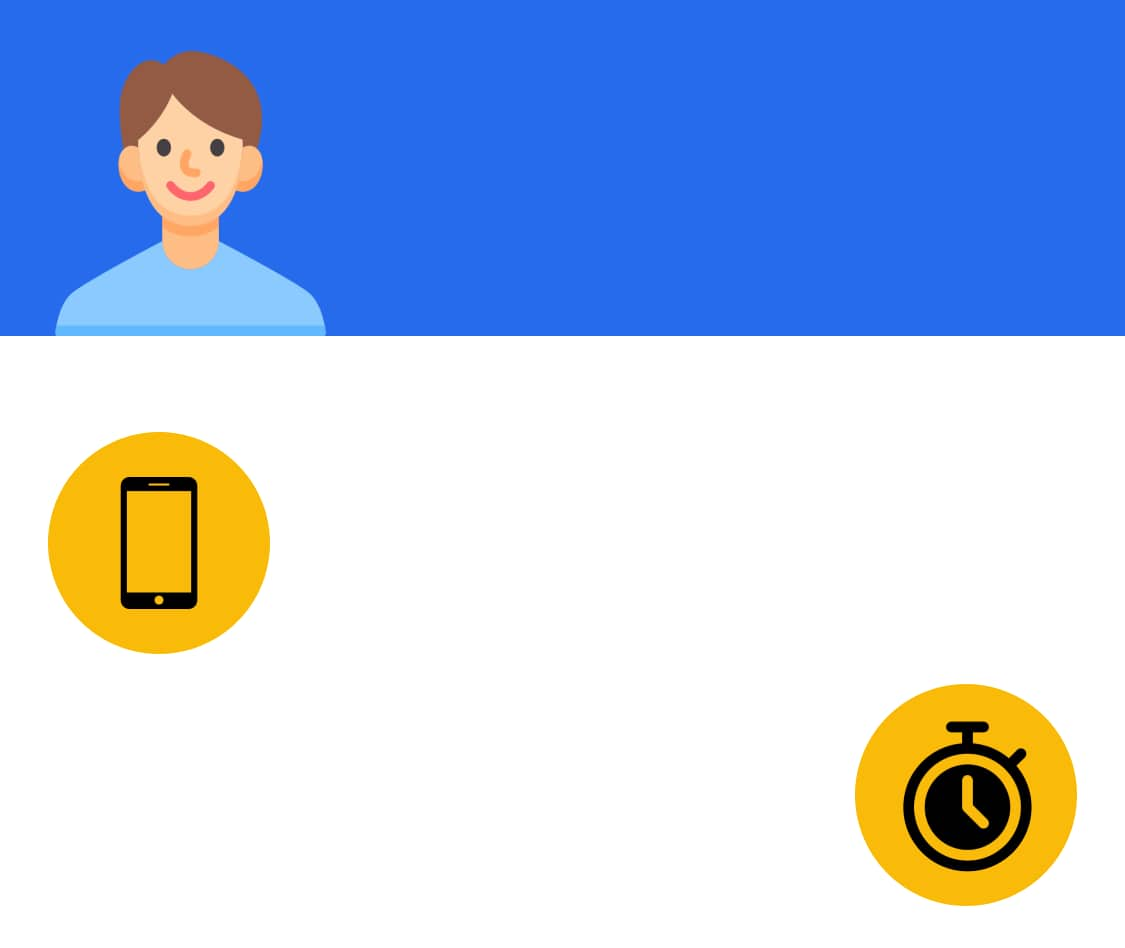Loan Against Securities
Pre-assigned credit limit available against securities like shares, MFs and Unit linked insurance policy, with flexible payment facility, minimum documentation and interest only on utilised amount.
Your One-Stop Shop for Loan Against Securities
Loan Against Securities
Calculate your loan interest
Frequently asked questions
To avail a loan against shares from Bajaj Finserv, you can follow these steps:
Visit the website: Visit the Bajaj Finserv website Look for the option to apply for a loan against shares.
Enter Personal Details: Provide your name, PAN cad number, date of birth, and other required information.
Add Scrips: Specify the shares you want to pledge as collateral. Bajaj Finserv will evaluate your portfolio and generate a personalized loan offer.
KYC Verification: Complete the KYC verification process to obtain a sanction letter.
E-mandate Registration: Set up automatic repayment of EMIs using e-mandate.
Agreement and Consent: Accept the loan agreement and provide your consent for sanction and disbursement.
Pledge Shares: Pledge your shares to finalize the loan amount. After verification, the loan amount will be credited to your bank account.
By following these steps, you can successfully apply for a loan against shares from Bajaj Finserv.
Bajaj Finserv offers Loans Against Securities, allowing you to leverage your existing holdings like:
Shares
Mutual Funds
Unit Linked Insurance Plans (ULIPs)
Bajaj offers loans against shares from a list of 1,000+ approved stocks. For mutual funds, we accept 5,000+ funds through lien marking. Please note that the list of approved securities may change.
For any assistance with regard to a loan against securities, you can write to us at las.support@bajajfinserv.in
You can replace your existing securities with new ones during your loan tenure. However, this is subject to Bajaj Finance Limited's approval and must be within their list of accepted securities.
Yes, it is possible. You may make a part-prepayment or foreclose the entire loan before the end of the tenure.
To see the list of securities you've pledged to Bajaj Finance Limited (BFL), check the Interim Valuation Report (IVR) under the 'View Statements' section of the Loan Against Securities service.
For mutual fund schemes, it is updated at the end of every day.
No. The interest is charged only on the loan amount that you have drawn down or the outstanding loan amount.
The interest cycle is calculated from the 7th day of each calendar month to the 6th day of the succeeding month. Interest due towards a loan against securities is generated on the 7th of every month.
If you have a diverse investment portfolio and short-term liquidity needs, this option offers lower interest rates compared to unsecured loans. This is because your securities act as collateral, reducing risk for the lender.
With Bajaj Finance Limited, you can avail a loan against shares up to 50% of the share value or up to Rs. 1000 crore. Corporates/ HUF/ LLP/ Partnership/ Trust/ Sole Proprietorship can apply for loan against shares of up to Rs. 1000 crore, by reaching us at las.support@bajajfinserv.in.
Yes, investors can continue to receive dividends and interest on their pledged securities because the ownership of the securities is still with the borrower, just that the investments have been pledged as collateral for the loan. However, it is essential to read the loan agreement carefully to review the terms and conditions of the loan.
You can apply online for a loan against securities with Bajaj Finance limited. Click here to begin your application process.
The interest rate on a loan against securities can vary depending on the collateral used. In the case of Bajaj Finance, the interest rate is up to 20% per annum. Please note that interest rates may vary from one lender to another and are subject to change over time. It's essential to check with the specific lender for their current interest rates and terms.
The loan-to-value ratio for loans against securities varies depending on the lender, type of collateral, and other factors. Bajaj Finance offers different loan-to-value ratios for shares (up to 50%), and mutual funds (up to 90%).
If you're unable to repay your loan against securities, it can lead to following consequences:
Penalties and Fees: Non-payment can result in significant penalties and fees, increasing your overall debt burden.
Asset Liquidation: Lenders have the right to liquidate the securities you pledged as collateral to recover the outstanding loan amount. This could lead to financial loss.
If you anticipate difficulties in repaying your loan, it's crucial to communicate with your lender promptly. Early communication can open doors to potential solutions like loan restructuring and refinancing
Disclaimer
Bajaj Finance Limited has the sole and absolute discretion, without assigning any reason to accept or reject any application.









 Personal Loan
Personal Loan Check Eligibility
Check Eligibility Salaried Personal Loan
Salaried Personal Loan EMI Calculator
EMI Calculator Account Aggregator
Account Aggregator Credit Pulse Report
Credit Pulse Report
 Deals starting @99
Deals starting @99 Festive deals
Festive deals Min. 50% off
Min. 50% off
 Wallet to Bank
Wallet to Bank
 Easy EMI Loan
Easy EMI Loan Savings Offer
Savings Offer Smartphones
Smartphones Led TVs
Led TVs Washing Machines
Washing Machines Laptops
Laptops Refrigerators
Refrigerators Air Conditioner
Air Conditioner Air Coolers
Air Coolers
 Loan Against Shares
Loan Against Shares Loan Against Mutual Funds
Loan Against Mutual Funds Loan Against Insurance Policy
Loan Against Insurance Policy ESOP Financing
ESOP Financing Easy EMI Loan
Easy EMI Loan Two-wheeler Loan
Two-wheeler Loan Loan for Lawyer
Loan for Lawyer Industrial Equipment Finance
Industrial Equipment Finance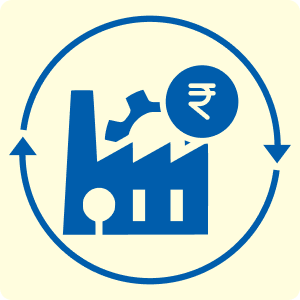 Industrial Equipment Balance Transfer
Industrial Equipment Balance Transfer Industrial Equipment Refinance
Industrial Equipment Refinance Personal Loan Branch Locator
Personal Loan Branch Locator Used Tractor Loan
Used Tractor Loan Loan Against Tractor
Loan Against Tractor Tractor Loan Balance Transfer
Tractor Loan Balance Transfer
 Two-wheeler Loan
Two-wheeler Loan Bike
Bike Scooter
Scooter Electric Vehicle
Electric Vehicle Best Sellers
Best Sellers Popular Brands
Popular Brands

 Trading Account
Trading Account Open Demat Account
Open Demat Account Margin Trading Financing
Margin Trading Financing Share Market
Share Market Invest in IPO
Invest in IPO All stocks
All stocks Top gainers
Top gainers Top losers
Top losers 52 week high
52 week high 52 week low
52 week low Loan against shares
Loan against shares
 Home Loan
Home Loan Transfer your existing Home loan
Transfer your existing Home loan Loan against Property
Loan against Property Home Loan for Salaried
Home Loan for Salaried Home loan for self employed
Home loan for self employed Home Loan EMI Calculator
Home Loan EMI Calculator Home Loan eligibility calculator
Home Loan eligibility calculator Home Loan balance transfer
Home Loan balance transfer
 Term Life Insurance
Term Life Insurance ULIP Plan
ULIP Plan Savings Plan
Savings Plan Family Insurance
Family Insurance Senior Citizen Health Insurance
Senior Citizen Health Insurance Critical Illness Insurance
Critical Illness Insurance Child Health Insurance
Child Health Insurance Pregnancy and Maternity Health Insurance
Pregnancy and Maternity Health Insurance Individual Health Insurance
Individual Health Insurance Low Income Health Insurance
Low Income Health Insurance Student Health Insurance
Student Health Insurance Group Health Insurance
Group Health Insurance Retirement Plans
Retirement Plans Child Plans
Child Plans Investment Plans
Investment Plans
 Business Loan
Business Loan Secured Business Loan
Secured Business Loan Loan against property
Loan against property Loans against property balance transfer
Loans against property balance transfer Loan against shares
Loan against shares Home Loan
Home Loan Loans against mutual funds
Loans against mutual funds Loan against bonds
Loan against bonds Loan against insurance policy
Loan against insurance policy
 Apply for Gold Loan
Apply for Gold Loan Transfer your Gold Loan with Us
Transfer your Gold Loan with Us Gold Loan Branch Locator
Gold Loan Branch Locator
 ULIP Plan
ULIP Plan Savings Plan
Savings Plan Retirement Plans
Retirement Plans Child Plans
Child Plans Free Demat Account
Free Demat Account Invest in Stocks
Invest in Stocks Invest in IPO
Invest in IPO Margin Trading Facility
Margin Trading Facility Fixed Deposit Branch Locator
Fixed Deposit Branch Locator
 Check your Credit Score
Check your Credit Score
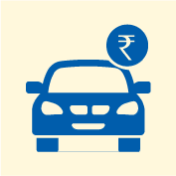 New Car Loan
New Car Loan Used Car Loan
Used Car Loan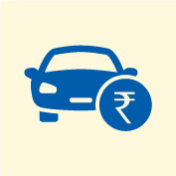 Loan Against Car
Loan Against Car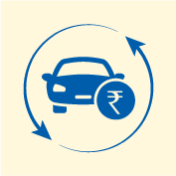 Car Loan Balance Transfer and Top-up
Car Loan Balance Transfer and Top-up
 Get Bajaj Prime
Get Bajaj Prime
 Mobiles on EMI
Mobiles on EMI Electronics on EMI Offer
Electronics on EMI Offer  Iphone on EMI
Iphone on EMI LED TV on EMI
LED TV on EMI Refrigerator on EMI
Refrigerator on EMI Laptop on EMI
Laptop on EMI Kitchen appliances on EMI
Kitchen appliances on EMI Washing machines
Washing machines
 Personal Loan EMI Calculator
Personal Loan EMI Calculator Personal Loan Eligibility Calculator
Personal Loan Eligibility Calculator Home Loan EMI Calculator
Home Loan EMI Calculator Home Loan Eligibility Calculator
Home Loan Eligibility Calculator Good & Service Tax (GST) Calculator
Good & Service Tax (GST) Calculator Flexi Day Wise Interest Calculator
Flexi Day Wise Interest Calculator Flexi Transaction Calculator
Flexi Transaction Calculator Secured Business Loan Eligibility Calculator
Secured Business Loan Eligibility Calculator Fixed Deposits Interest Calculator
Fixed Deposits Interest Calculator Two wheeler Loan EMI Calculator
Two wheeler Loan EMI Calculator New Car Loan EMI Calculator
New Car Loan EMI Calculator Used Car Loan EMI Calculator
Used Car Loan EMI Calculator All Calculator
All Calculator Used Tractor Loan EMI Calculator
Used Tractor Loan EMI Calculator
 Hot Deals
Hot Deals Clearance Sale
Clearance Sale Kitchen Appliances
Kitchen Appliances Tyres
Tyres Camera & Accessories
Camera & Accessories Mattresses
Mattresses Furniture
Furniture Watches
Watches Music & Audio
Music & Audio Cycles
Cycles Mixer & Grinder
Mixer & Grinder Luggage & Travel
Luggage & Travel Fitness Equipment
Fitness Equipment Fans
Fans
 Personal Loan for Doctors
Personal Loan for Doctors Business loan for Doctors
Business loan for Doctors Medical Equipment Finance
Medical Equipment Finance Secured Business Loan
Secured Business Loan Loan against property
Loan against property Secured Business Loan Balance Transfer
Secured Business Loan Balance Transfer Loan against share
Loan against share Gold Loan
Gold Loan Home Loan
Home Loan
 Engagement Zone
Engagement Zone Game Zone
Game Zone
 Savings Offer
Savings Offer Easy EMI
Easy EMI Offer World
Offer World 1 EMI OFF
1 EMI OFF New Launches
New Launches Zero Down Payment
Zero Down Payment Clearance Sale
Clearance Sale Bajaj Mall Sale
Bajaj Mall Sale
 Mobiles under ₹20,000
Mobiles under ₹20,000 Mobiles under ₹25,000
Mobiles under ₹25,000 Mobiles under ₹30,000
Mobiles under ₹30,000 Mobiles under ₹35,000
Mobiles under ₹35,000 Mobiles under ₹40,000
Mobiles under ₹40,000 Mobiles under ₹50,000
Mobiles under ₹50,000
 Articles
Articles
 Overdue Payments
Overdue Payments Other Payments
Other Payments
 Document Center
Document Center Bank details & Documents
Bank details & Documents Tax Invoice Certificate
Tax Invoice Certificate
 Do Not Call Service
Do Not Call Service
 Hamara Mall Orders
Hamara Mall Orders

 Check Loan Offer
Check Loan Offer Mobiles on EMI
Mobiles on EMI Trade directly with your Demat A/c
Trade directly with your Demat A/c ITR
ITR My Garage
My Garage
 Live Videos - Beta
Live Videos - Beta
 Savings Offer
Savings Offer Smartphones
Smartphones LED TVs
LED TVs Washing Machines
Washing Machines Laptops
Laptops Refrigerators
Refrigerators Air Conditioners
Air Conditioners Air Coolers
Air Coolers Water Purifiers
Water Purifiers Tablets
Tablets Kitchen Appliances
Kitchen Appliances Mattresses
Mattresses Furniture
Furniture Music and Audio
Music and Audio Cameras & Accessories
Cameras & Accessories Cycle
Cycle Watches
Watches Tyres
Tyres Luggage & Travel
Luggage & Travel Fitness Equipment
Fitness Equipment Tractor
Tractor Easy EMI Loan
Easy EMI Loan
 vivo Mobiles
vivo Mobiles OPPO Mobiles
OPPO Mobiles Xiaomi Mobiles
Xiaomi Mobiles Sony LED TVs
Sony LED TVs Samsung LED TVs
Samsung LED TVs LG LED TVs
LG LED TVs Haier LED TVs
Haier LED TVs Godrej Refrigerators
Godrej Refrigerators Voltas Washing Machines
Voltas Washing Machines





























